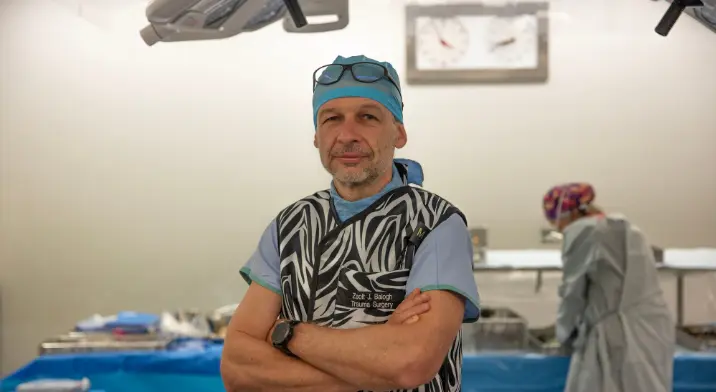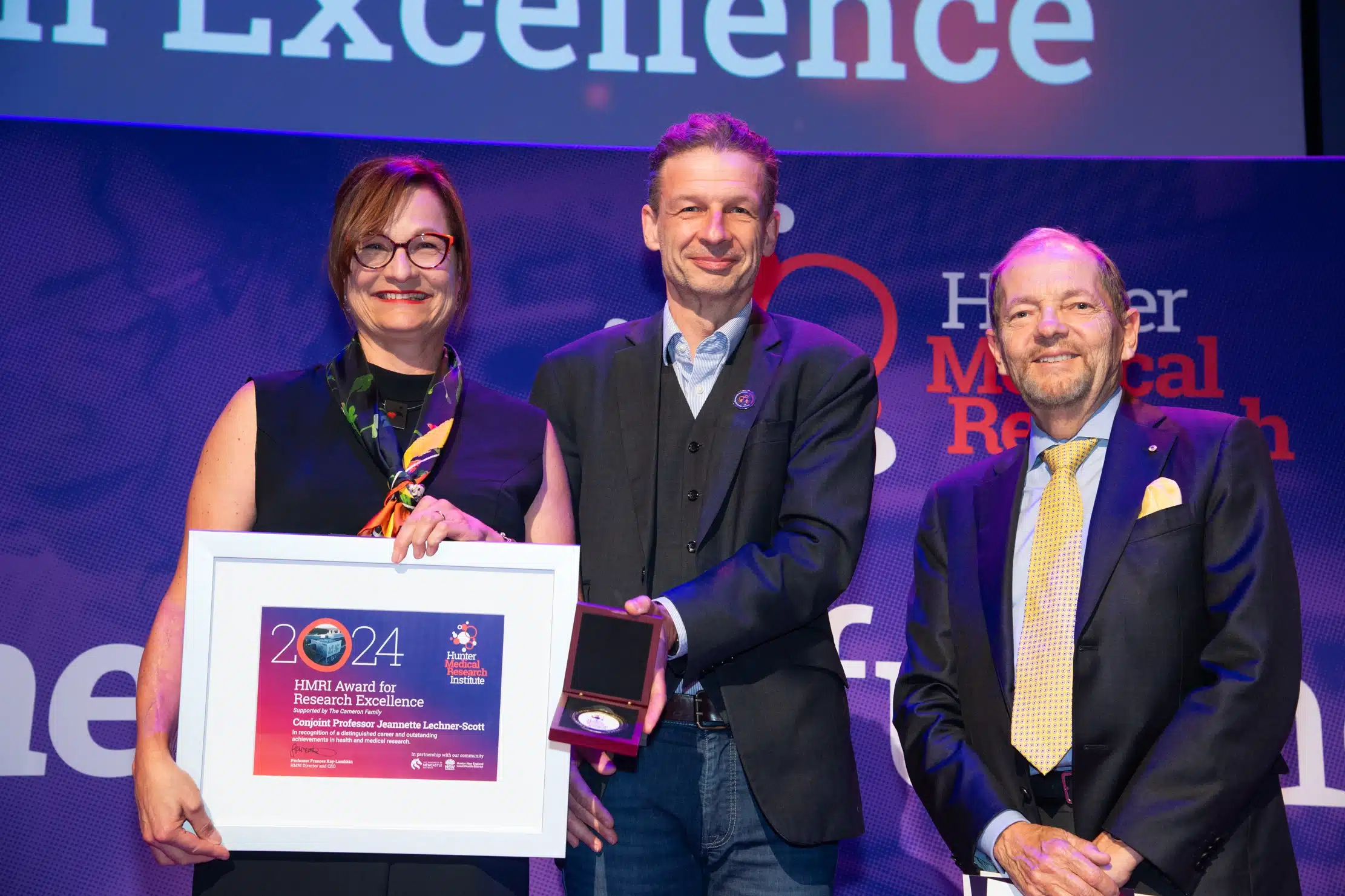Professor Alan Brichta is Chair of the HMRI Research Council, Head of Anatomy at the University of Newcastle, and adjunct Senior Principal Researcher at Neuroscience Research Australia (NeuRA). His research interests include the structure and function of the peripheral and central balance (vestibular) system.
His recent studies have focused on the feedback mechanism to the inner ear organs of balance. He and his colleagues have developed several preparations that allow unprecedented access to peripheral organs and central mechanisms.
Unlike previous approaches, they preserve much of the cellular micro-architecture that we now know is critical for normal function. Results from these studies are helping us understand the unique and little-understood mechanisms underlying normal and abnormal balance.
Professor Brichta has published over 70 papers in high-impact physiology and neuroscience journals and has been consistently funded, including grants from NHMRC, ARC, and Hunter Medical Research Institute, and was awarded a five-year Senior/Principal Research Fellowship from the Garnett Passe and Rodney Williams Memorial Foundation. Total funding is over $10 million.
He collaborates with international colleagues in the USA and UK and has also served on medical research Grant Review Panels. He is also a reviewer for international neuroscience journals.
He has been an invited speaker at national and international meetings and institutions including: The Royal Society of Medicine (London) University College London, Ear Institute, Massachusetts Eye and Ear Infirmary (Harvard – Boston). He is currently Associate Editor for the Journal of Association for Research in Otolaryngology.













